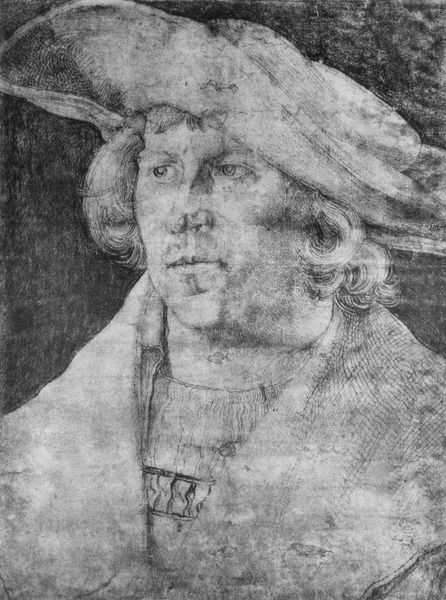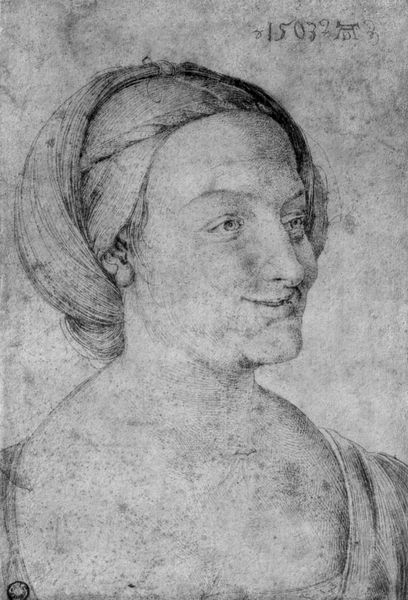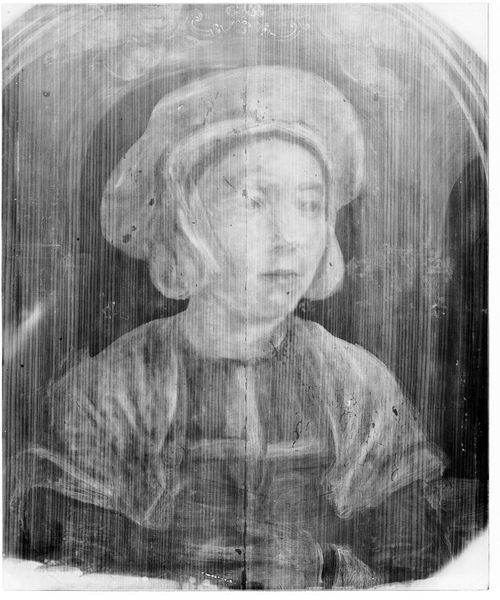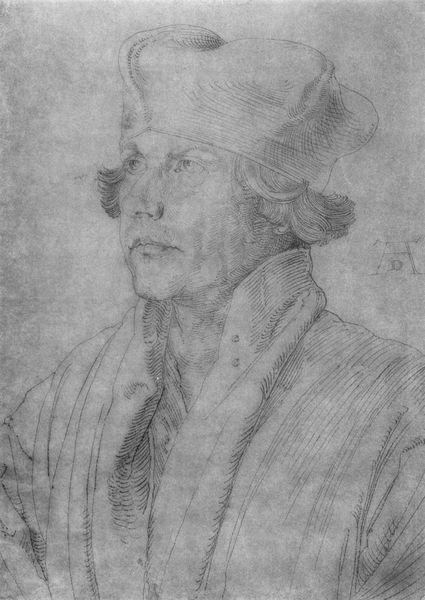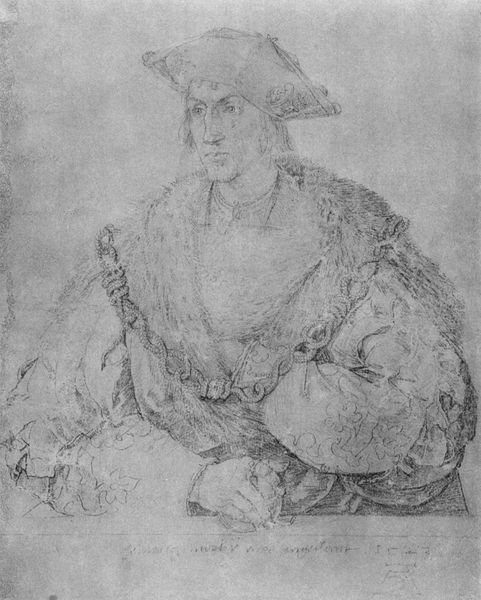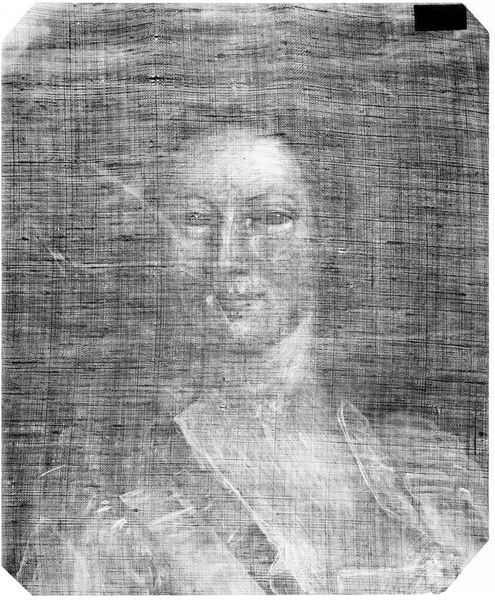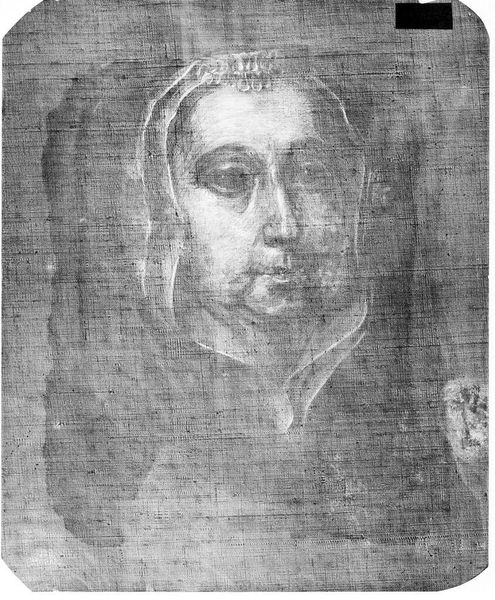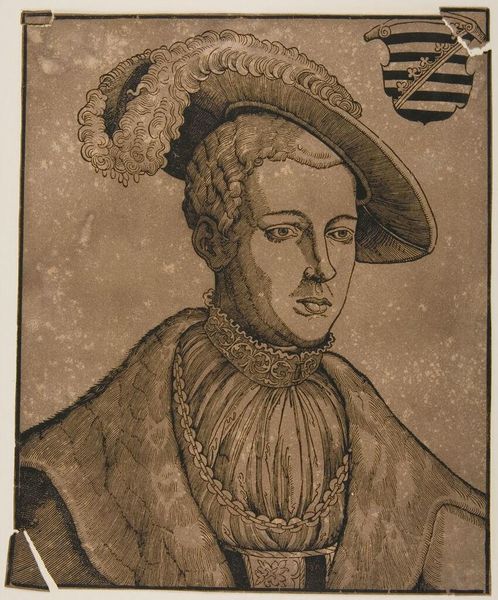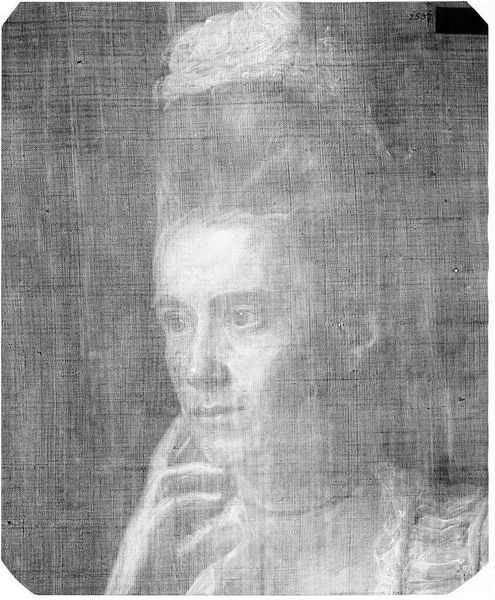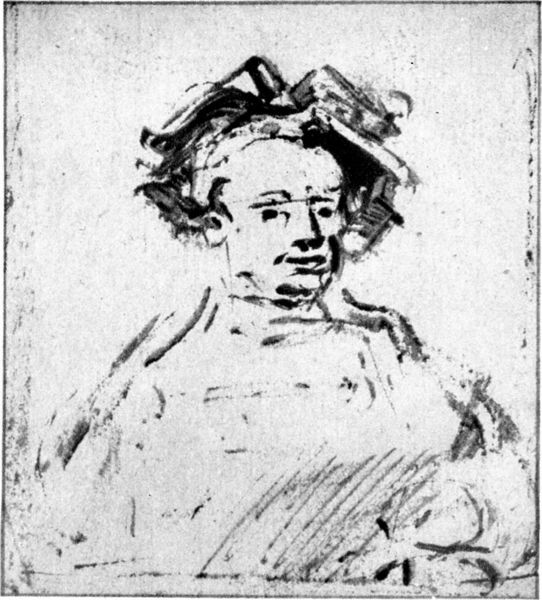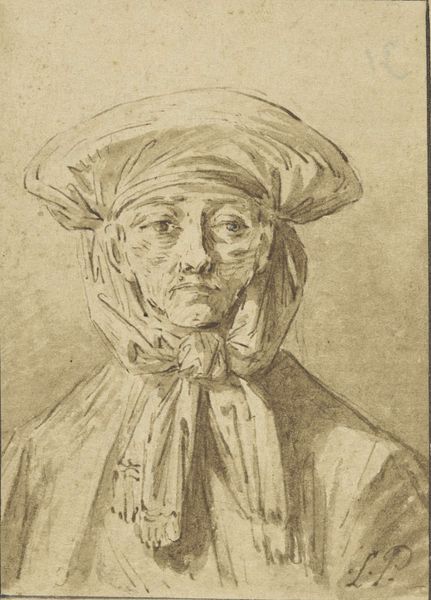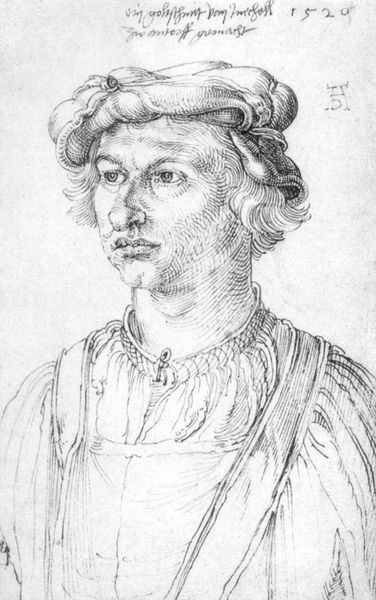
drawing, graphite
#
portrait
#
drawing
#
charcoal drawing
#
figuration
#
11_renaissance
#
pencil drawing
#
sketch
#
graphite
#
northern-renaissance
#
charcoal
#
graphite
#
realism
Copyright: Public domain
Editor: We're looking at Albrecht Dürer’s "Portrait of Barent van Orley," a graphite and charcoal drawing from the Renaissance. The man looks directly at us, yet his expression is elusive. What's your take on this piece? Curator: It’s fascinating how Dürer, positioned as a cultural icon himself, chooses to portray another artist. This isn’t just a rendering of Van Orley’s likeness, but an engagement with his artistic identity and social standing. Think about the Renaissance obsession with the individual—what does it mean to portray an artist, someone already engaged in constructing representation? What power dynamics are at play? Editor: I never considered that aspect. The drawing itself seems very precise, almost scientific. Does that precision relate to your question about power? Curator: Absolutely. The detailed realism could be interpreted as an assertion of control – Dürer capturing, perhaps even defining, Van Orley for posterity. But consider the nuances in the gaze, the almost imperceptible hesitation. Is Dürer completely in control, or is there a subtle acknowledgement of Van Orley's own agency and status? How do you see the lines around his mouth: resolute or apprehensive? Editor: Apprehensive, actually. It adds a layer of vulnerability. This makes me reconsider my initial read as simply a "precise portrait." Curator: Exactly! By questioning seemingly straightforward representations, we reveal the complexities embedded within them, about status, and how artists position themselves within their social milieu and respective identities. Editor: This gives me so much more to think about than just lines on paper. I am seeing beyond representation. Curator: That's the key, isn't it? Art becomes a dialogue about representation, power, and the gaze itself.
Comments
No comments
Be the first to comment and join the conversation on the ultimate creative platform.
